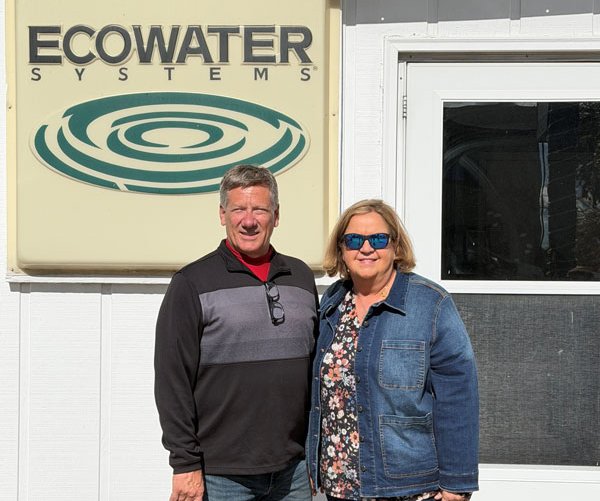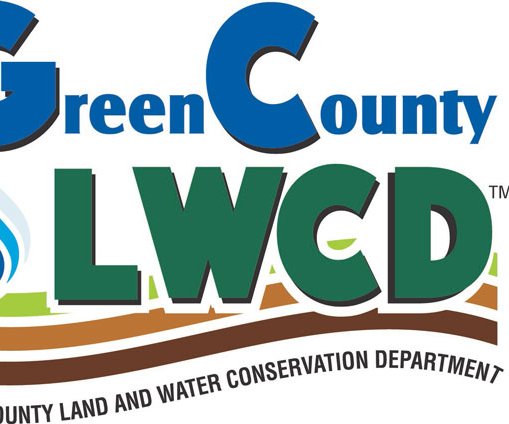MONROE — The end of the growing season is not quite here, but is near. Corn and soybeans are being harvested. There is still sunlight and growing degrees for the plants to capture, grow and feed the soil biology. The plant that could be planted and still grown now is cereal rye. Cereal rye will germinate in 34-degree soil. Cover crops will feed the soil biology while the main plants in the field (corn or soybeans) aren’t there to do the job.
Cover crops support several soil health principles. Principles covered include maintaining a living root as long as possible, covering the soil, adding diversity to the soil, and know your context. Plants growing as long as they can in the ground, naturally leak sugars to soil biology to keep them alive. As the plant grows it protects the soil surface from raindrops and wind erosion. Protecting the soil from direct impacts of rain, sleet and other precipitation stops the first step of soil erosion- detachment. The soil particles are not busted apart and allowed to travel away from the site. This is very important in the winter to have some kind of soil protection from wind or rain. By adding a cover crop, diversity is brought into the system — different root structure, plant composition and plant family than the commodity crops. Considering your context involves planting covers or doing practices that helps to meet goals and compliment your system or climate, not impede it.
The other two soil health principles are reducing disturbances to the soil and incorporating livestock. Adding cover crops could be a step to creating good soil structure so that no-till planting could be possible in spring. Minimizing disturbances involves reducing tillage and chemical use as much as possible. Cover crops could also be an easy opportunity to have livestock graze it off for feed instead of using purchased feedstocks.
Cereal rye is the most common cover crop because of it’s ability to germinate in cooler temperatures and hardy. It can withstand freeze and thaw cycles that we experience in southern Wisconsin. It can be sprayed off in spring, grazed, roller crimped and even planted into. Some producers use cereal rye cover crops as a part of their herbicide program, as it might suppress earlier germinating weeds- eliminating one herbicide pass in spring. Farmers that do cover crops on an annual basis are usually willing to share their tips for success.
Farmers are encouraged to look into producer-led groups in the area for support and potential cost share for practices that support soil health. Green County has two active producer-led groups — Farmers of the Sugar River and Green County Clean Waters. Farmers of the Sugar River covers all waters that flow to the Sugar River (eastern two thirds of the county). Green County Clean Waters supports farmers in the Honey Creek, Richland Creek, and Jordan/Skinner Creek watersheds in southwest Green County. The Green County Land and Water Conservation Department collaborates with both groups and can be reached at 608-325-4195 ext. 121 for more information.





